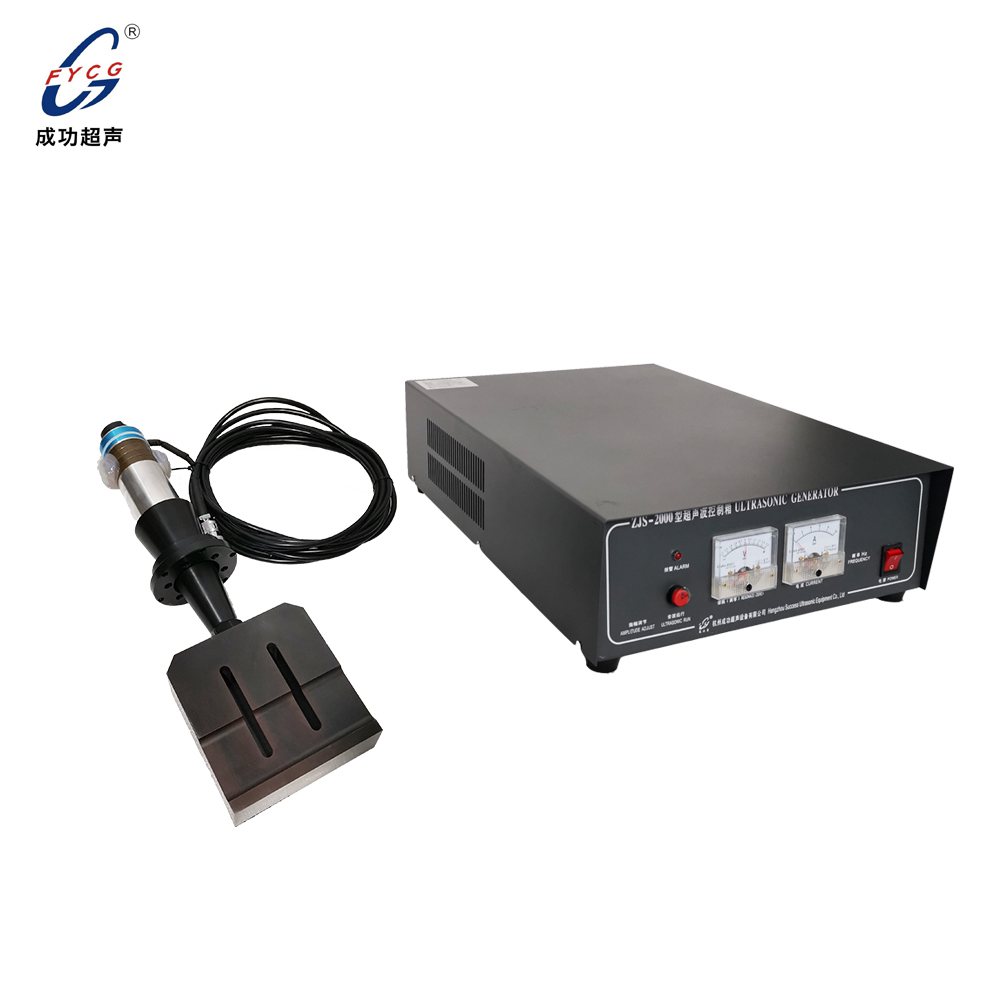
Foreign countries have conducted more in-depth research […]
Foreign countries have conducted more in-depth research on the technology of ultrasonic metal welding. The following is an introduction to the foreign research status of this technology from two aspects of experiment and simulation research. Through a large number of experiments, Kong et al. of Loughborough University in the United Kingdom have respectively obtained the relatively good range of seam welding welding process parameters for the two aluminum alloy sheets of 0.1mm thickness 3003 and 6061, and combined with the linear welding density (the real welding connection area accounts for the entire The ratio of the welding area) and the peel strength of the welding sample and the microstructure analysis to evaluate the welding quality of the sample. Experiments show that under the dual effects of ultrasonic vibration and static pressure, friction and plastic flow are generated at the welding interface, causing the oxide film on the surface of the aluminum alloy sheet at the welding interface to break and gradually form connection points; as the vibration continues, the oxide film will be It is blocked outside the welding interface and dissipated under a larger amplitude, resulting in higher linear welding density and weld strength. Because there is an oxide film on the surface of the 6061 aluminum alloy sheet, friction cannot be effectively generated during the welding process to break and disperse the oxide film, making it difficult to produce welding joints between the sheets; pre-treatment of the surface of the 6061 aluminum alloy sheet before welding can effectively improve its Welding linear density.

The connection of copper wire and aluminum Busbar requires consideration of the combination of two substances
a) The element potential difference between copper and aluminum will cause electrochemical corrosion
b) At high temperatures, the two elements may form intermediate compounds, the interface resistance increases and becomes brittle
c) When processing here, perform plating treatment on the aluminum Busbar, and use connection point sealant after welding (form airtight conditions to block electrochemical corrosion)
d) The expansion coefficient of aluminum is as high as 39% greater than that of copper. When two metal conductors are connected and current flows, the connection point heats up due to the contact resistance, and both conductors expand. If the temperature rise is not controlled properly, some potential problems may be caused.
If some problems are connected with the copper-aluminum Busbar, this problem is relatively small. If the switch is not used, how to ensure the long-term reliability of this contact without sealing compound poses a new challenge.